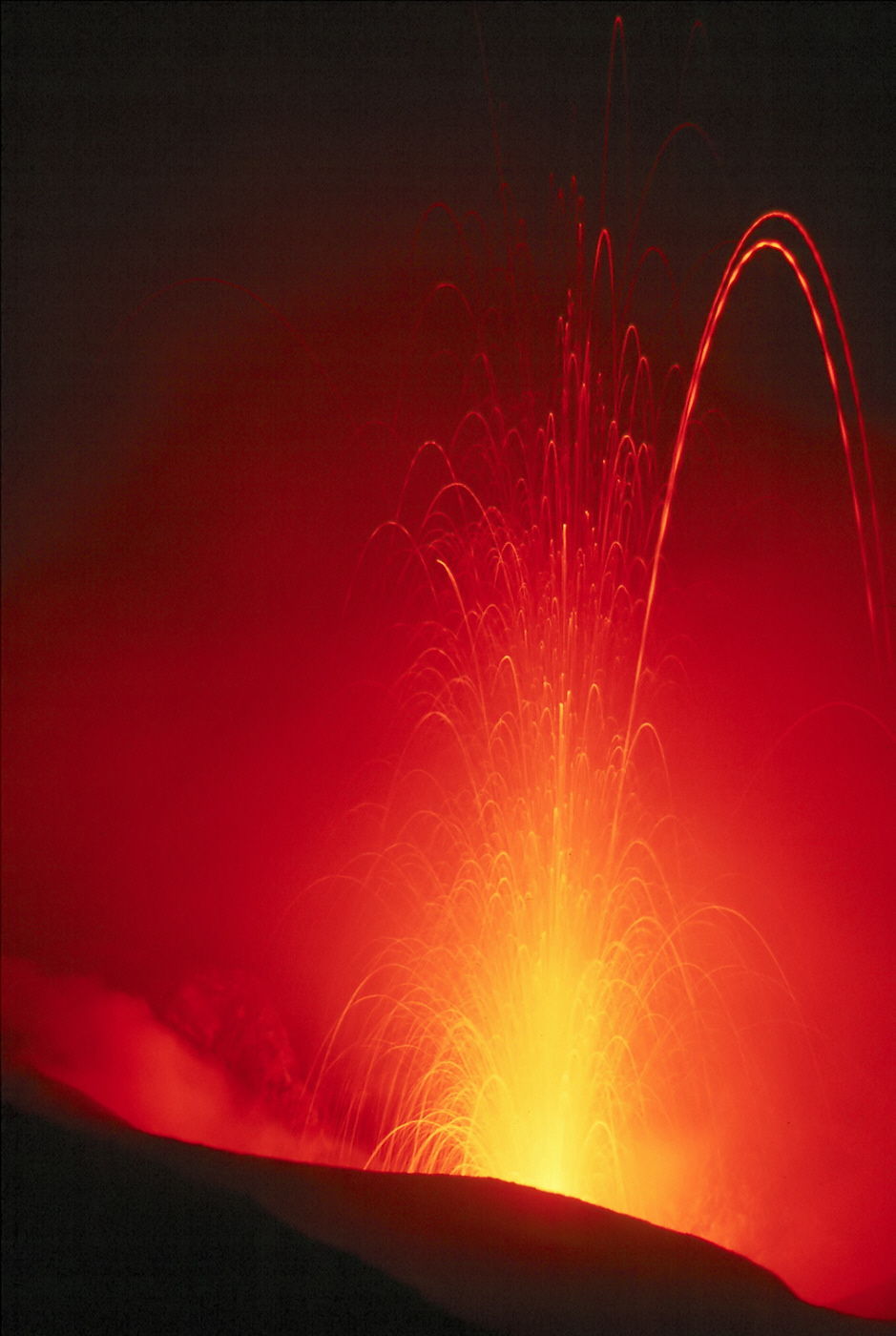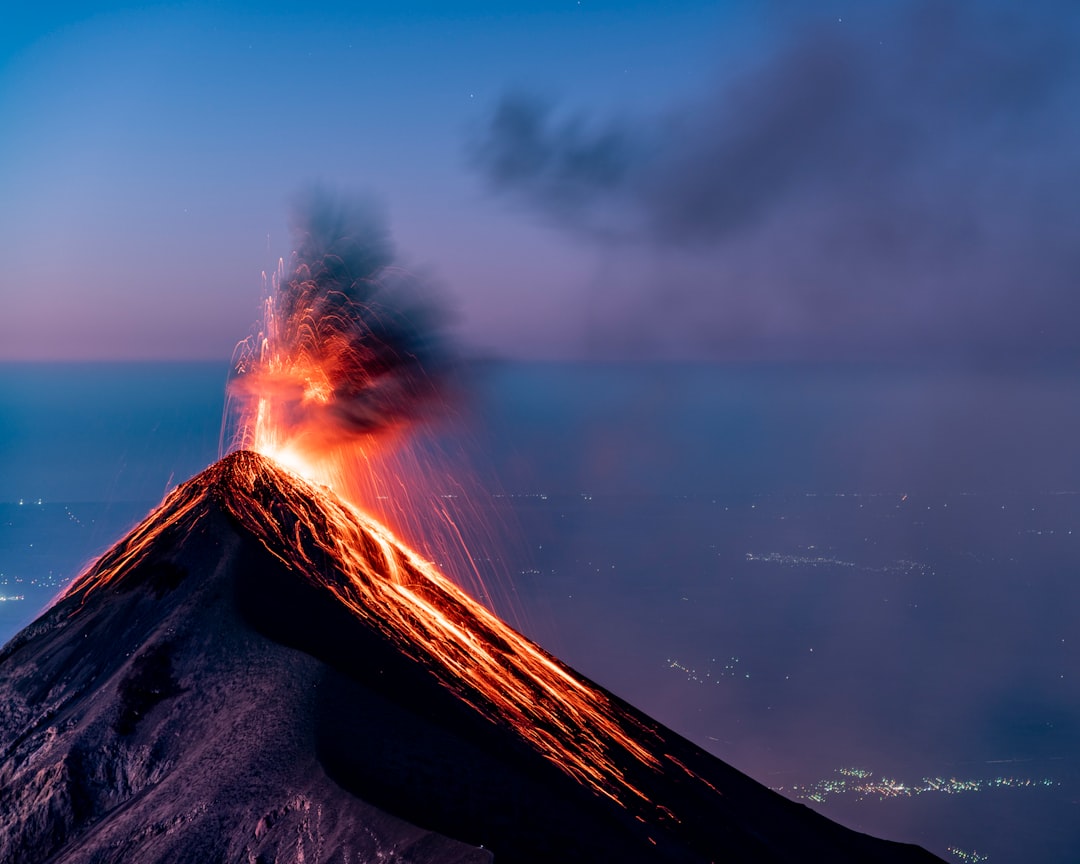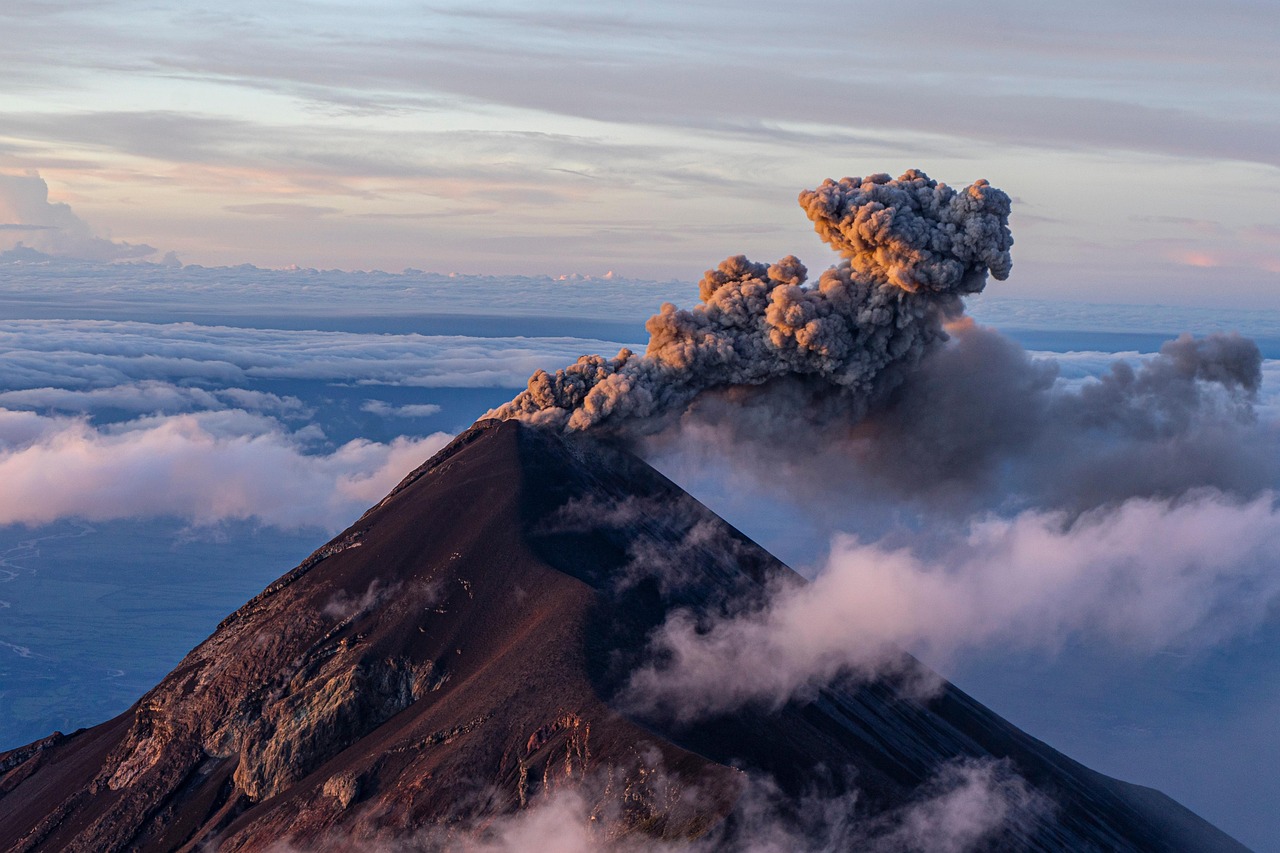- 11 Historic Wildfires That Changed Fire Management Data Reveals - October 4, 2025
- The 1883 Krakatoa Event And Its Global Weather Effects Records Show - October 2, 2025
- How Scientists Use Climate Models To Forecast The Future - October 2, 2025
Mount Lewotobi Laki Laki Erupts Twice with Massive Ash Cloud

On Monday, Mount Lewotobi Laki Laki in Indonesia erupted twice, sending volcanic ash and debris up to 18 kilometers (11 miles) into the sky. The eruptions blanketed nearby villages with ash and led to multiple flight cancellations. Fortunately, no injuries were reported. The volcano, located on Flores Island, has remained at the highest alert level since an eruption on June 18, prompting authorities to expand the exclusion zone to a 7-kilometer (4.3-mile) radius as eruptions became more frequent.
Powerful Volcanic Activity and Magma Movement

Indonesia’s Geology Agency documented deadly avalanches of hot gas, rocks, and lava traveling up to 5 kilometers (3 miles) down the volcano’s slopes. Drone footage revealed lava filling the crater, signaling significant magma movement beneath the surface, which also caused earthquakes. Muhammad Wafid, head of the Geology Agency, noted that the morning eruption produced the highest ash column since a major eruption in November 2024 that resulted in nine deaths. The volcano also erupted earlier this year in March.
Flight Disruptions and Airport Operations

The eruptions caused cancellations of at least 24 flights between Bali and international destinations such as Australia, Singapore, and South Korea, along with disruptions to four domestic routes. Ahmad Syaugi Shahab, spokesperson for Bali’s Ngurah Rai International Airport, said operations continued normally since volcanic ash had not affected Bali’s airspace. However, the ashfall from the initial eruption covered several villages and blocked sunlight for nearly 30 minutes.
Safety Concerns for Residents

Volcanic debris, including gravel-sized ash, was ejected up to 8 kilometers (5 miles) from the crater. Authorities urged residents to remain cautious, especially during heavy rainfall, which could cause lava flows into nearby rivers. Social media posts showed ash clouds growing into a mushroom shape, with volcanic material piling on rooftops and residents fleeing or seeking shelter amid falling ash.
Indonesia’s Volcanic Landscape and Risks

The eruptions were caused by pressure build-up from magma blockage in the crater, reducing detectable seismic activity until the pressure was released. This eruption ranks among Indonesia’s largest since the deadly 2010 Mount Merapi eruption on Java Island, which killed 353 people and displaced over 350,000. Indonesia, an archipelago of over 280 million people, lies along the Pacific “Ring of Fire,” a hotspot for frequent earthquakes and volcanic activity with 120 active volcanoes.

